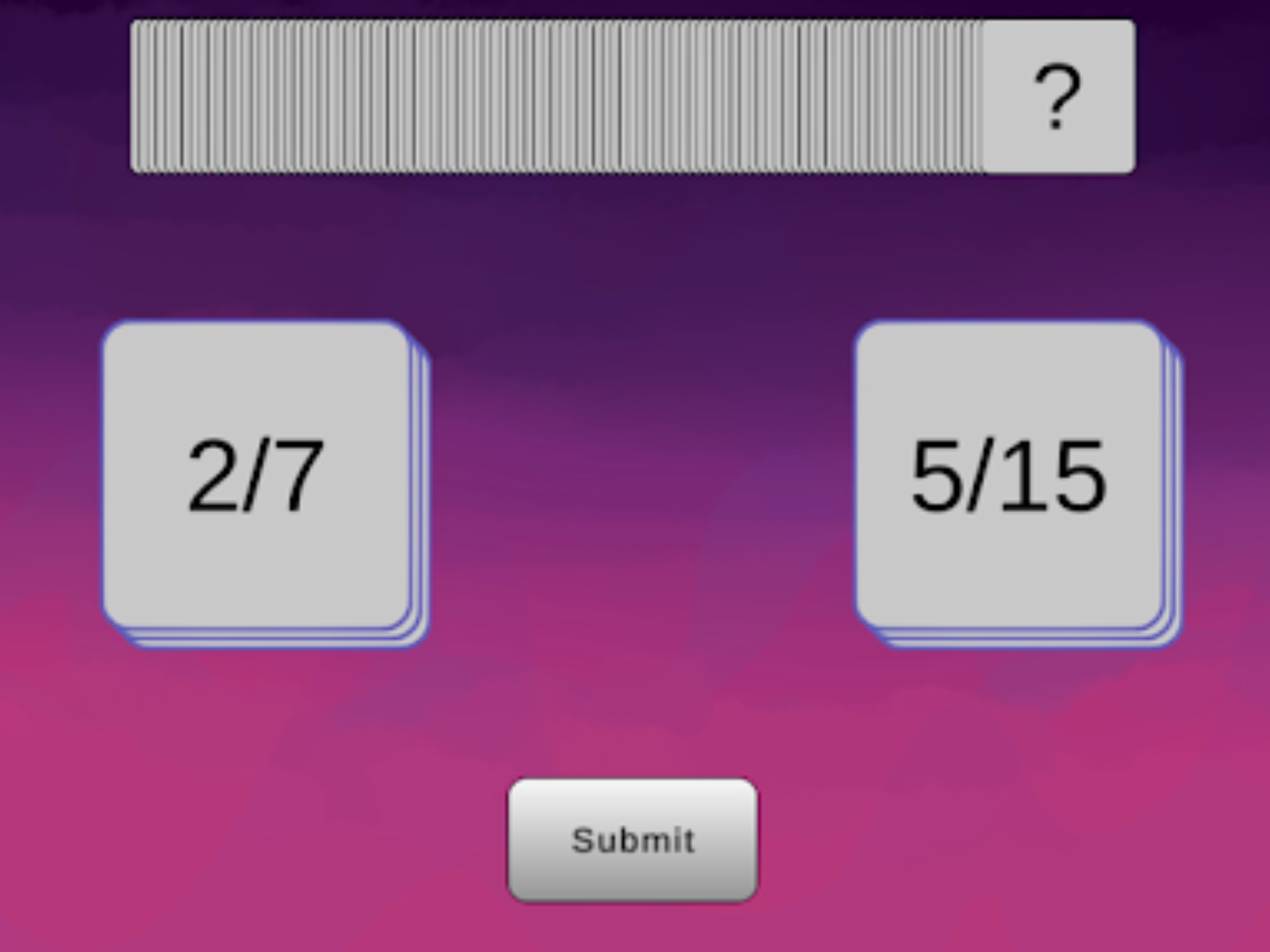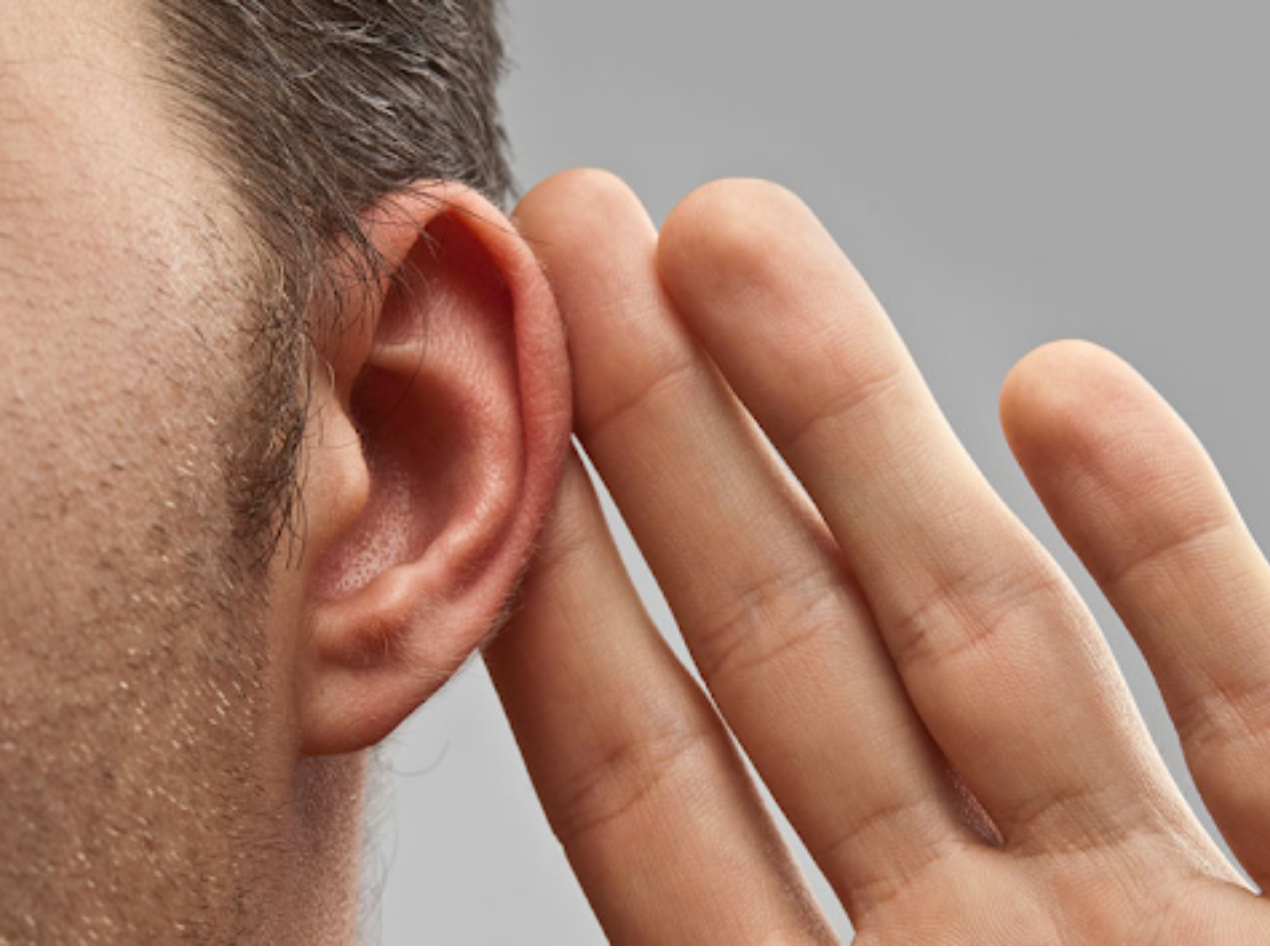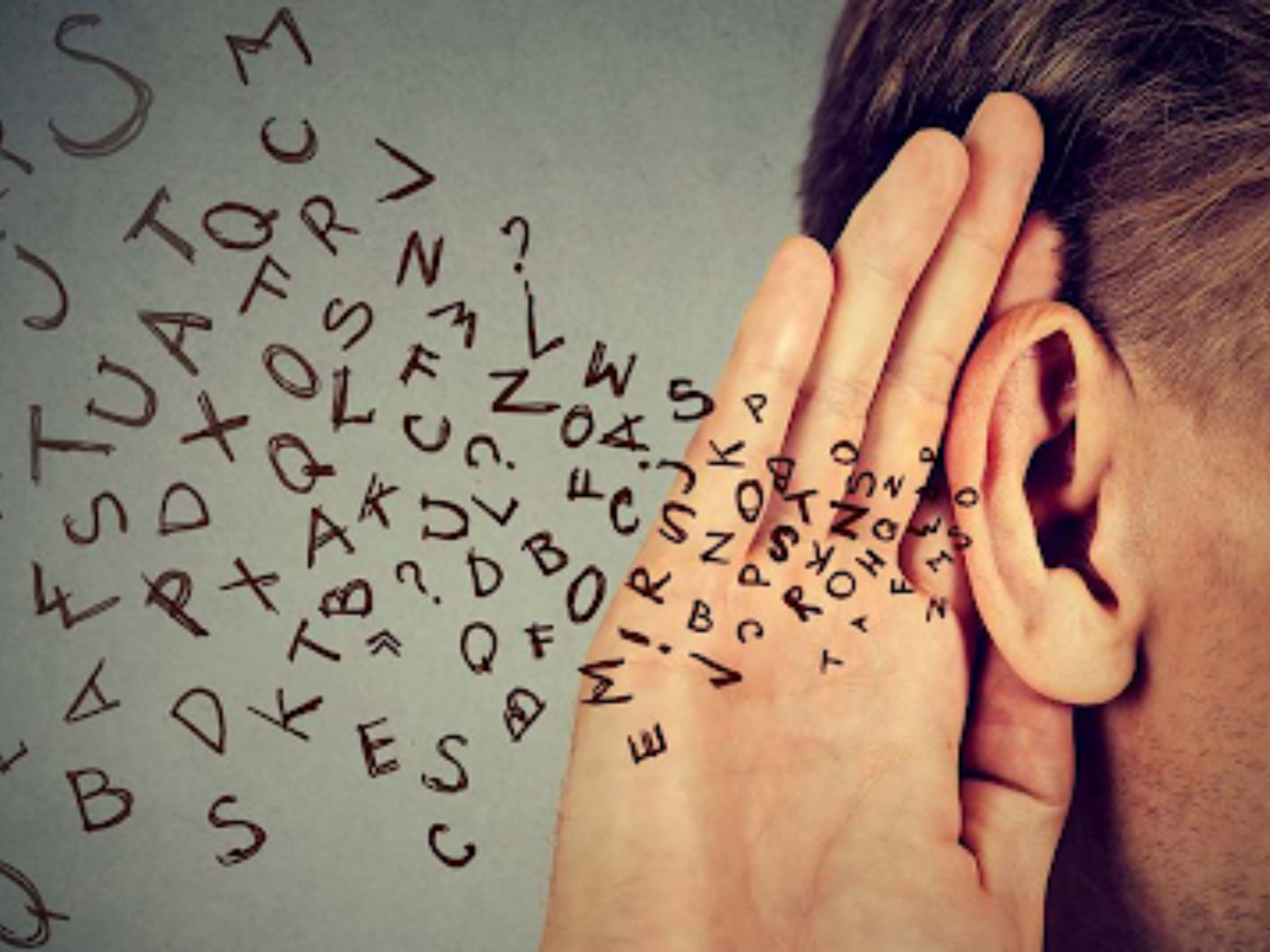MEASURING COGNITION AND PERCEPTION
In addition to training cognitive and perceptual abilities, we also develop tools to better understand individualized cognitive and perceptual needs. We have learned that everyone has a unique profile of cognitive and perceptual strengths and weaknesses and that this cognitive/perceptual diversity is important to understand to address people’s individualized needs.
Developing Low-Cost Mobile App Technology to Assess Ability and Fluctuations in Executive Functions and Math Learning
This project, funded by the NewSchools Venture Fund, seeks to elevate math education outcomes for Black and Latinx children by helping them understand their changing executive functions (EF) and how these contribute to different approaches to math learning. We develop and validate a diverse set of portable tools to assess math skills and use machine learning algorithms to estimate fluctuations in EF in proximity to math performance. In this project we have worked extensively with focus groups and adopted methods of designing for equity to ensure tasks are respectful of students’ identities, cultural, gender, and linguistic diversity. A key innovation will be to contextualize how EF tests are delivered by enabling active momentary testing on portable devices directly in the classroom, so they can be used to inform learning and instruction. Our goal is to provide students and teachers with actionable information about which teaching strategy might be most appropriate for each student at a particular point in time.
Efficiently Characterizing the Deficits Comprising Central Hearing Loss
This project, R01DC015051 funded by the National Institute of Deafness and Communication Disorders, addresses our brain’s ability to hear. Most diagnoses of hearing loss focus on the audiogram, which is not sensitive to dysfunction at many of the additional processing stages associated with auditory perception. For example, recent data from many laboratories, including our own, have shown clear auditory processing deficits both in older listeners and in patients who have suffered traumatic brain injury, despite normal audiograms. Through this proposal, we developed the app PART that forms the basis of a new clinical test battery for central auditory dysfunction that can support accurate diagnosis of a much wider range of the difficulties that can lead to auditory complaints.
Adult Changes in Thought (ACT) Research Program
For this project, U19AG066567 funded by the National Institute of Aging, we are developing a new generation of digital assessments of cognition that can help us better understand cognitive diversity, provide better access to care, and ultimately aid in personalized approaches to health and well-being that address to the needs of diverse individuals. We build upon the PART program, that was originally developed to measure hearing, to develop a set of cognitive assessment for older adults that are directly in service of the ACT project (run by and Kaiser Health and University of Washington) but that can also be used in a wide range of studies addressing cognitive well-being of older adults.
Enhanced Environments for Psychophysical Evaluation and Training
This project, R01DC018166 funded by the National Institute of Deafness and Communication Disorders, addresses how we hear in noisy environments. Many people with listening difficulties perform well when tested with standard clinical tests of speech in noise. The main goal of this project is to test enhancements to realism to determine which have the greatest impact on the relationship with listener complaints, and which listener abilities (auditory and cognitive) mediate and modulate this relationship. Enhanced environments will be tested that simulate real-world experiences by 1) conducting assessments in synthetic virtual reality environments that include both auditory and visual stimuli and by 2) increasing the motivation of the participants as they perform the tests by adding motivating elements to the testing procedures. Understanding how different participants respond to a variety of enhancements will provide essential new information about the ways in which realistic experiences differ from traditional laboratory tests.




